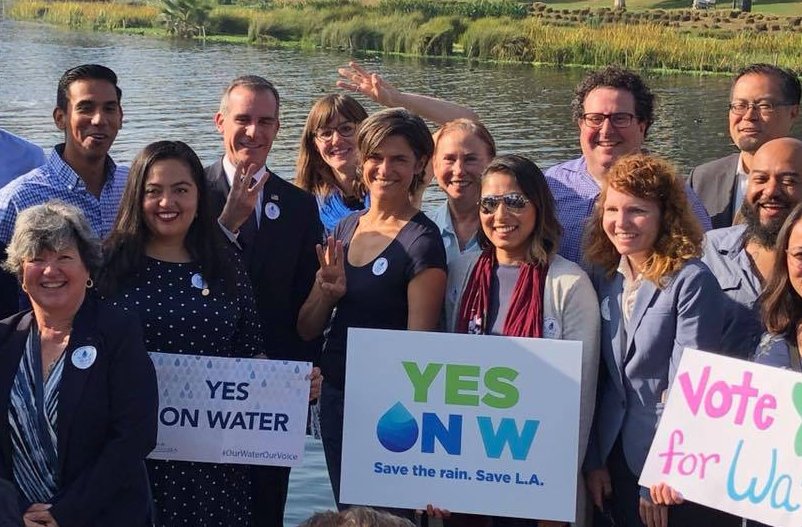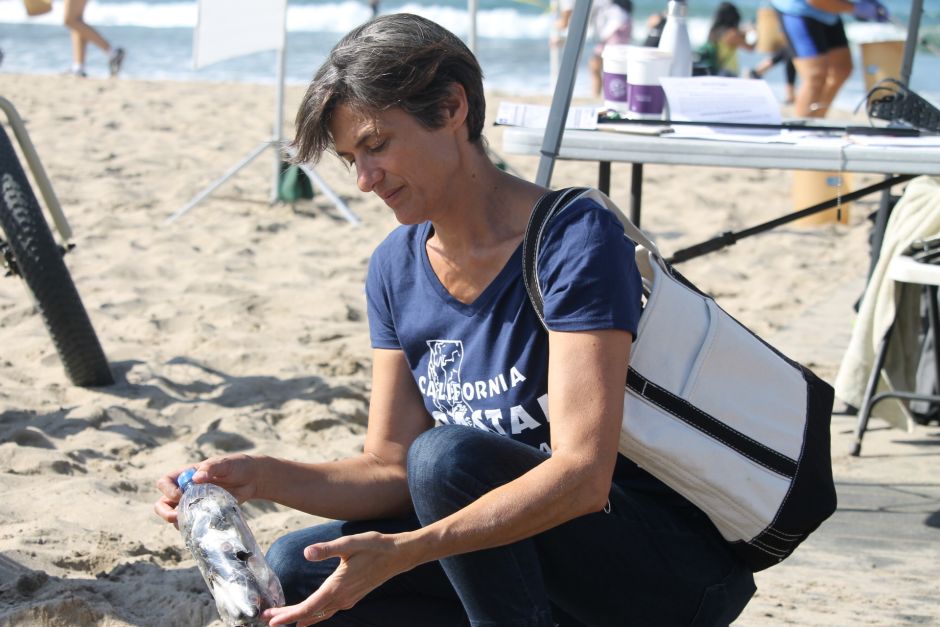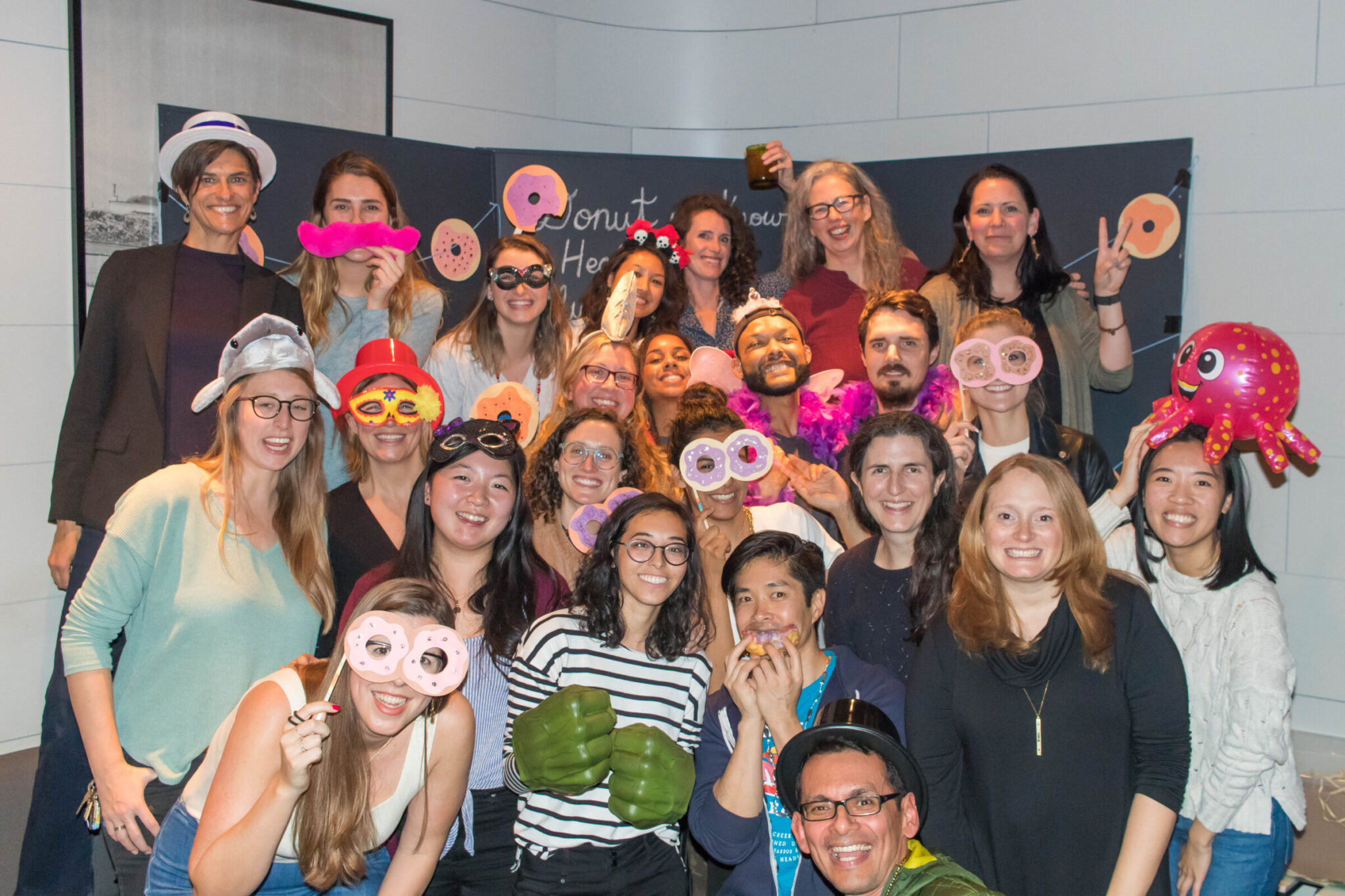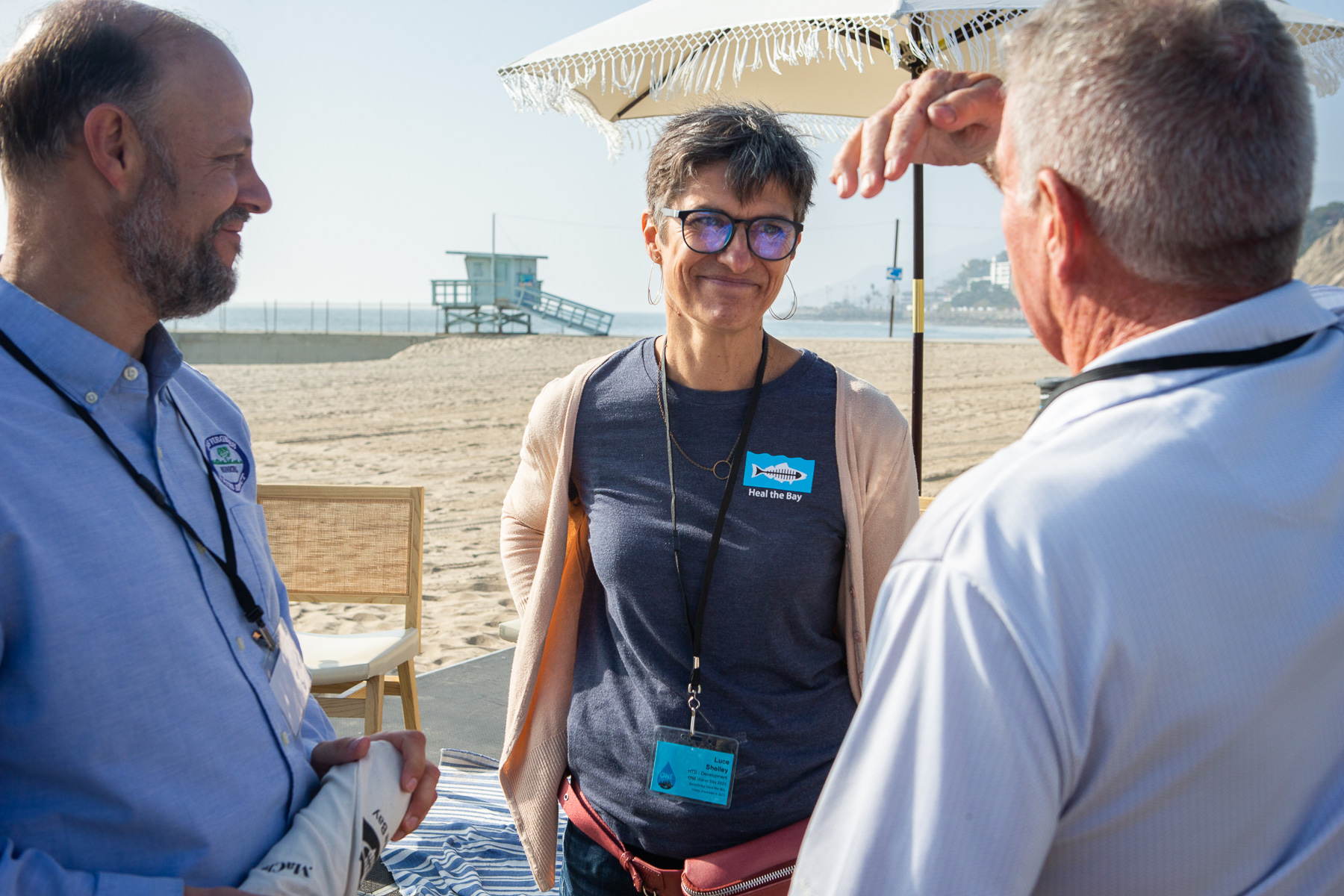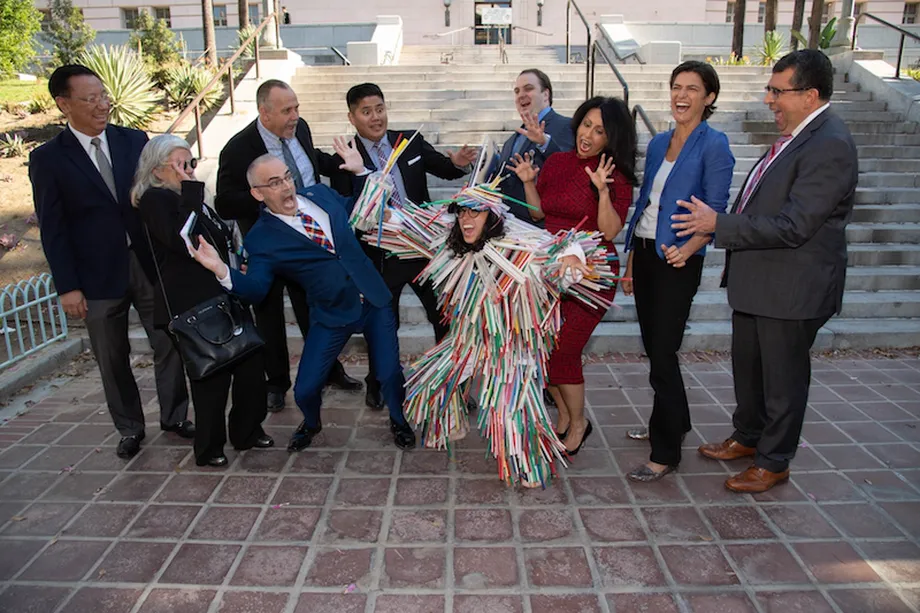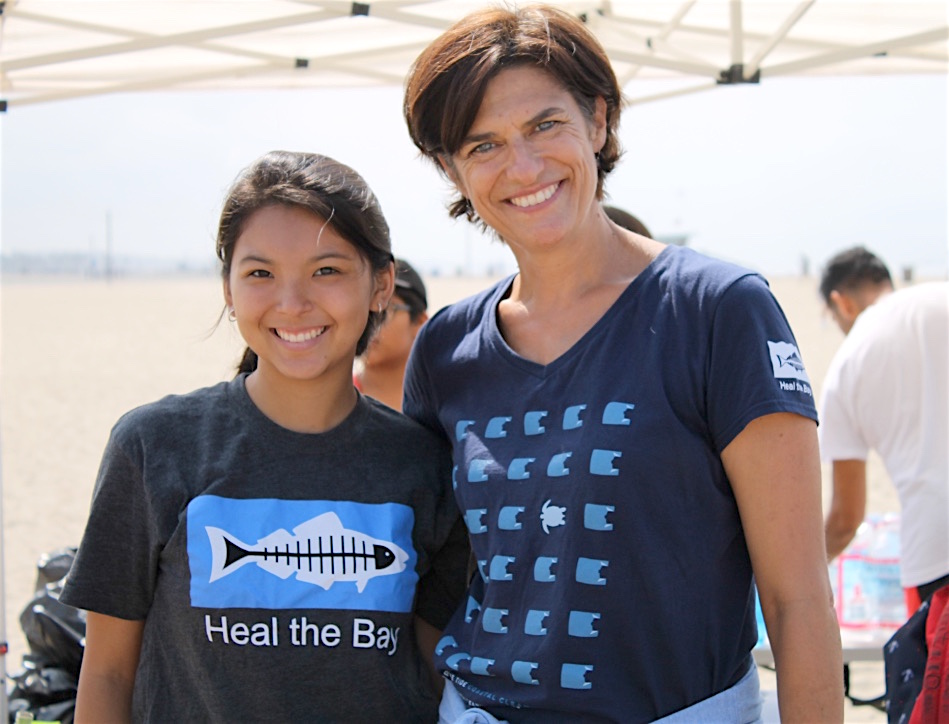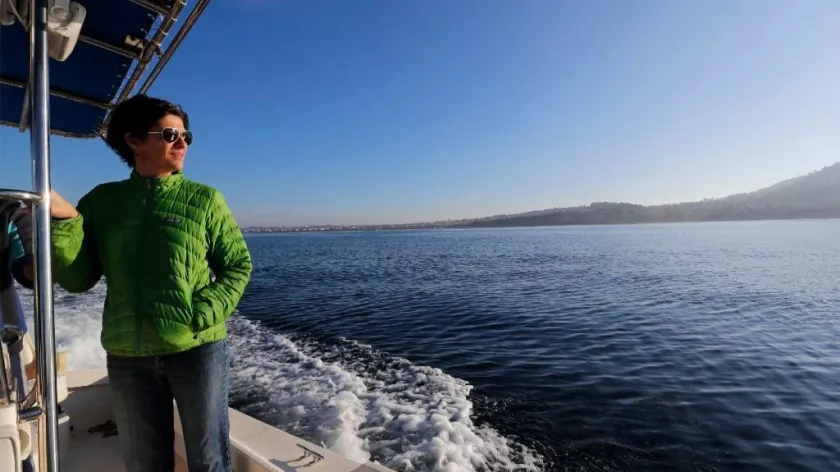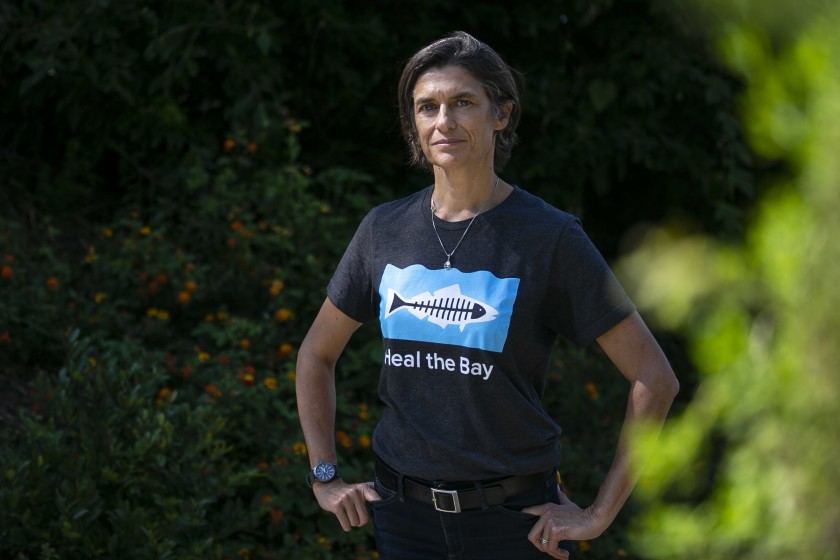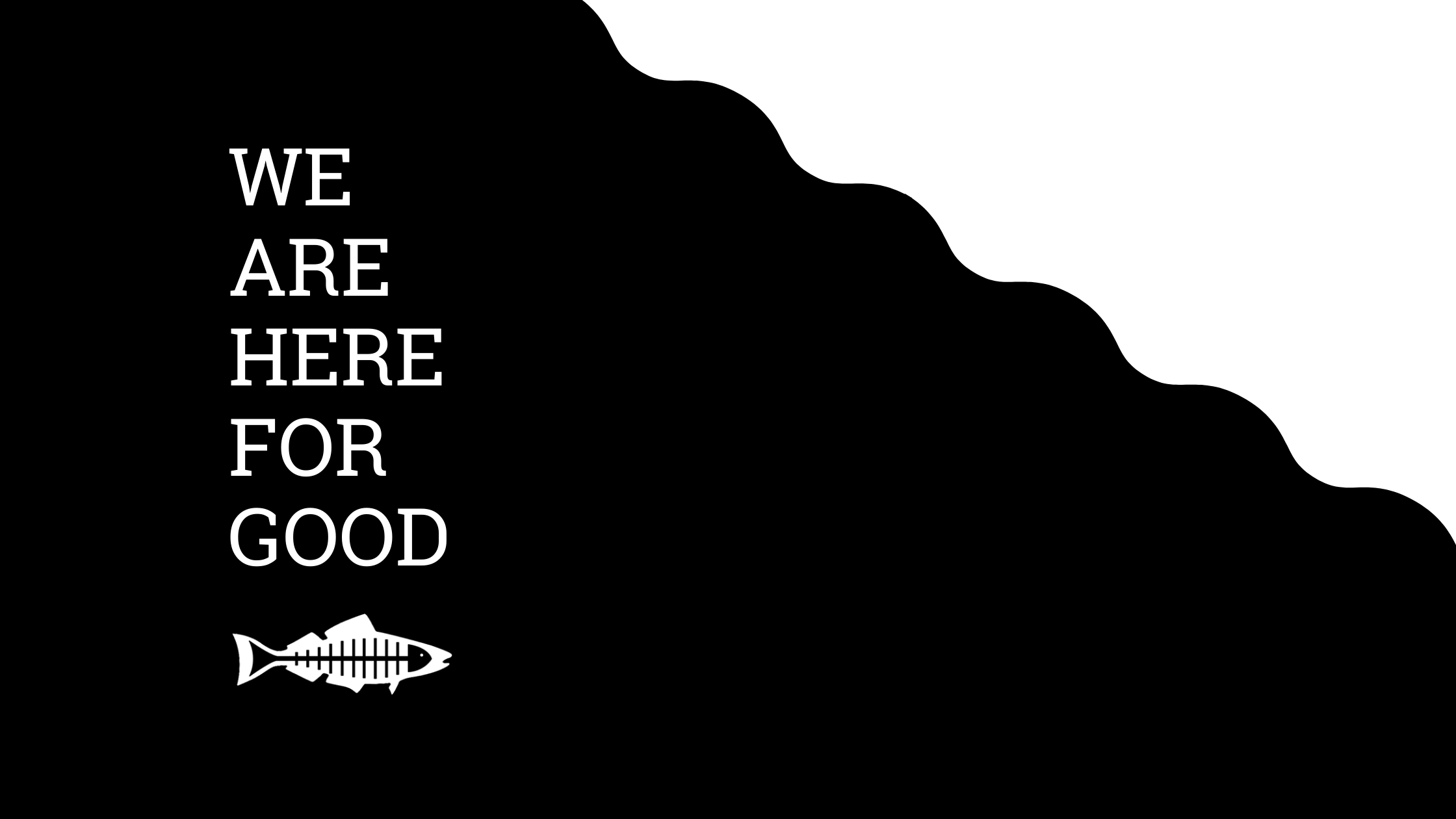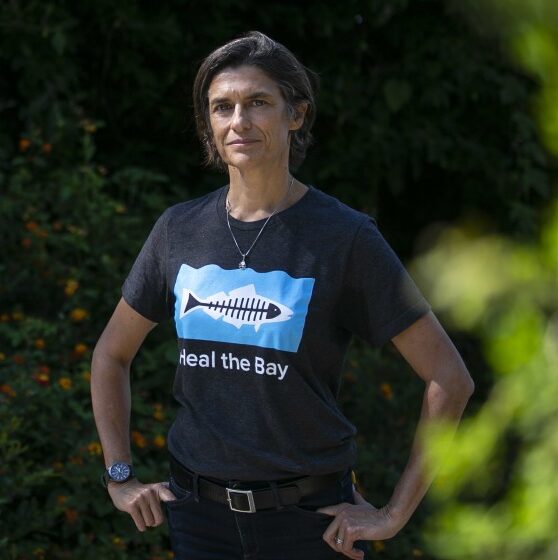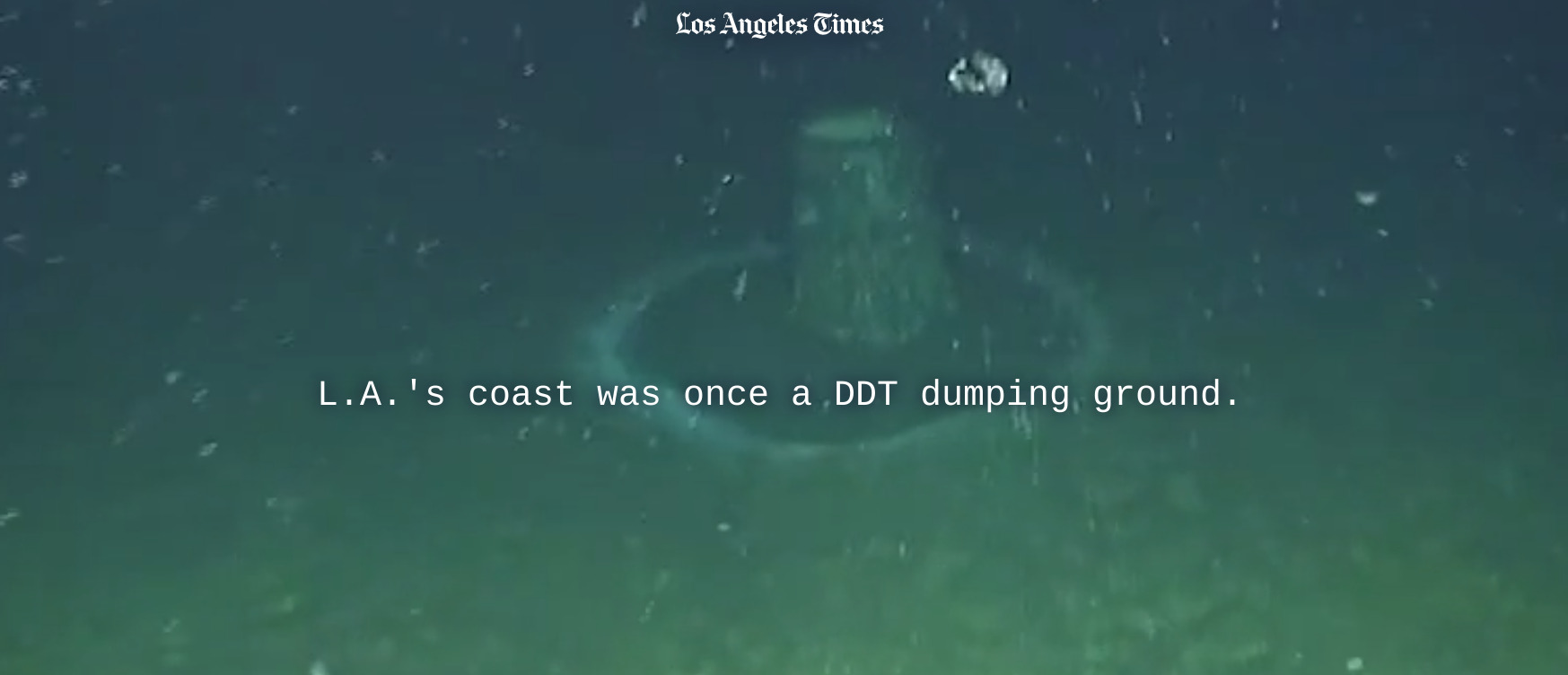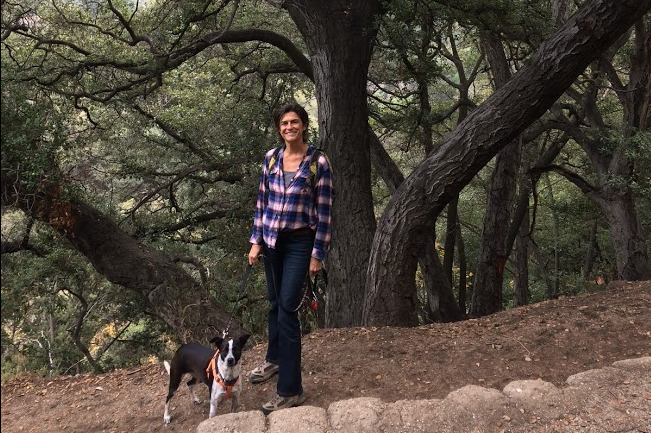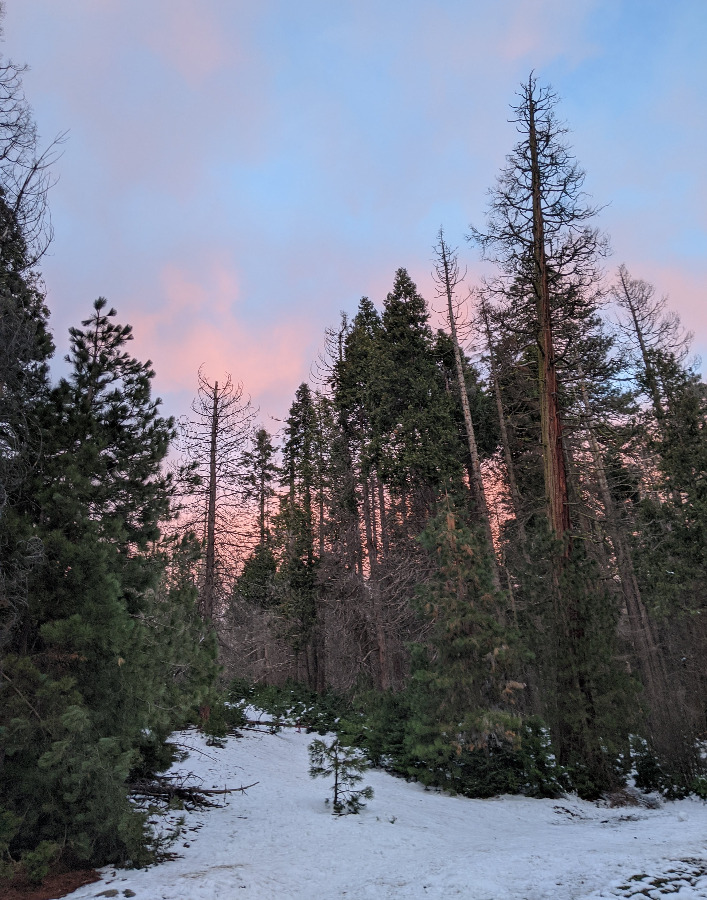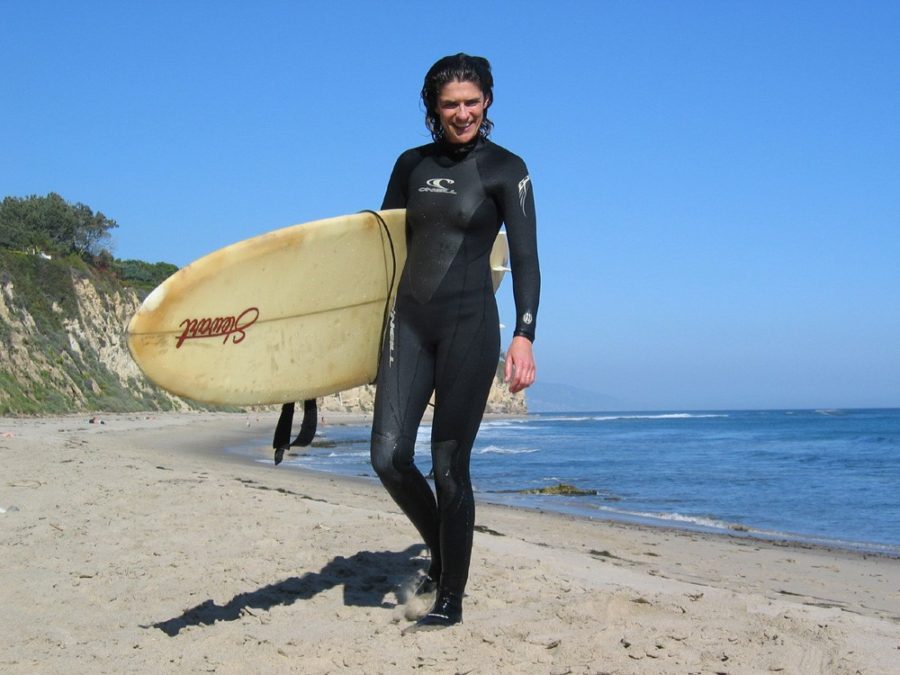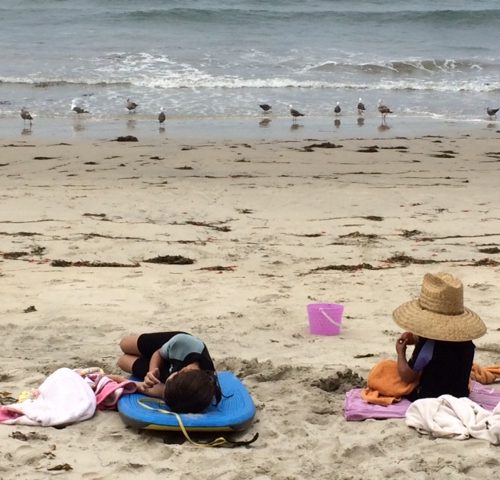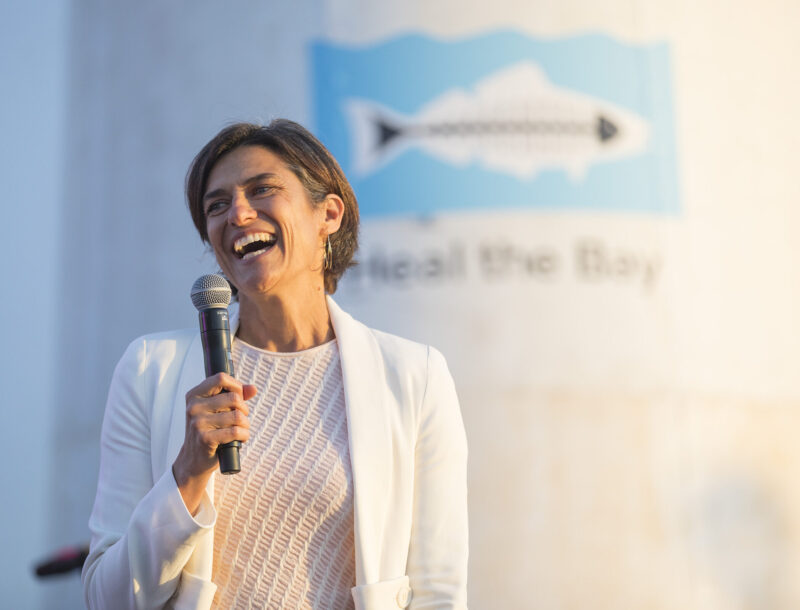
LEADING HEAL THE BAY has been one of the most wonderful and toughest experiences of my life. I am so fortunate to have worked alongside this team for the last five years. We play a critical role in protecting precious water and open space, and it is an honor to be part of it.
Heal the Bay is powerful. It is an institution, a force for good, a generator of ideas, a creator of solutions, a welcoming space to teach and learn, a place to work hard, and a space to find courage and speak the truth.
From the Beach Report Card to Measure W, from trash cleanups and plastic litter bans to stormwater permit advocacy, Heal the Bay has brought the energy and know-how to make real and lasting change.
During my tenure, our volunteers stepped up for Coastal Cleanup Month even during the height of the pandemic. Our Board Members mentored, guided, and supported our efforts through the most uncertain of times. Our staff adapted and innovated, learning new technologies and ways of working. And, they demanded more of Heal the Bay, pushing for a deeper understanding of environmental injustices and how to become more inclusive and equitable.
I am very excited to welcome Tracy Quinn as the new CEO of Heal the Bay. She steps in at a time when Heal the Bay is building. A new advocacy tool: the River Report Card, to serve millions of Californians who swim, fish, and kayak in our rivers and streams. A new park: Inell Woods Park in South LA will clean and conserve stormwater while providing green space and a cool refuge designed by the local community. A new Aquarium: larger and updated to educate millions of students and visitors to our coast. This is a great time to join the team and Tracy is the ideal person to lead Heal the Bay in all of our exciting endeavors.
I am proud of Heal the Bay because it continues to evolve. We recognize our shortfalls and make ourselves vulnerable so we can learn and grow. We know the outcome that is needed and we take risks to get there. We survive setbacks. We pull together. We invite people in. We are constant. We are joyful. We are here for good.
Thank you to the entire Heal the Bay community!



